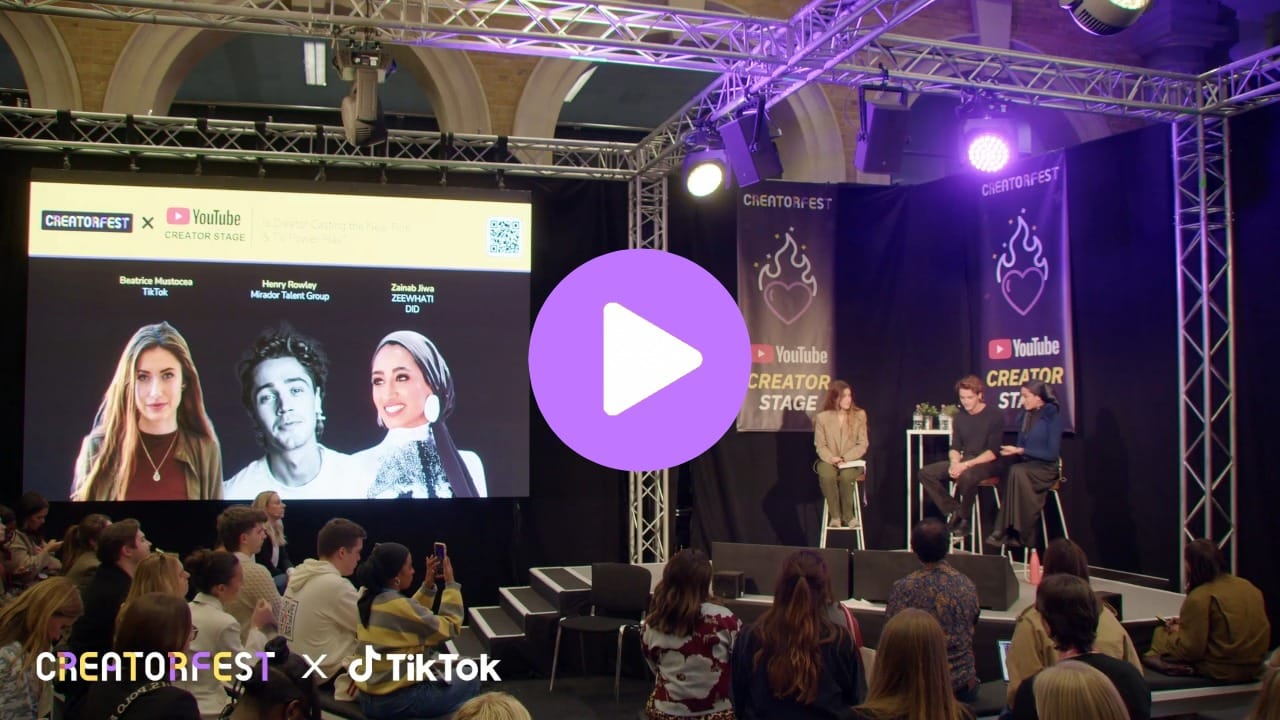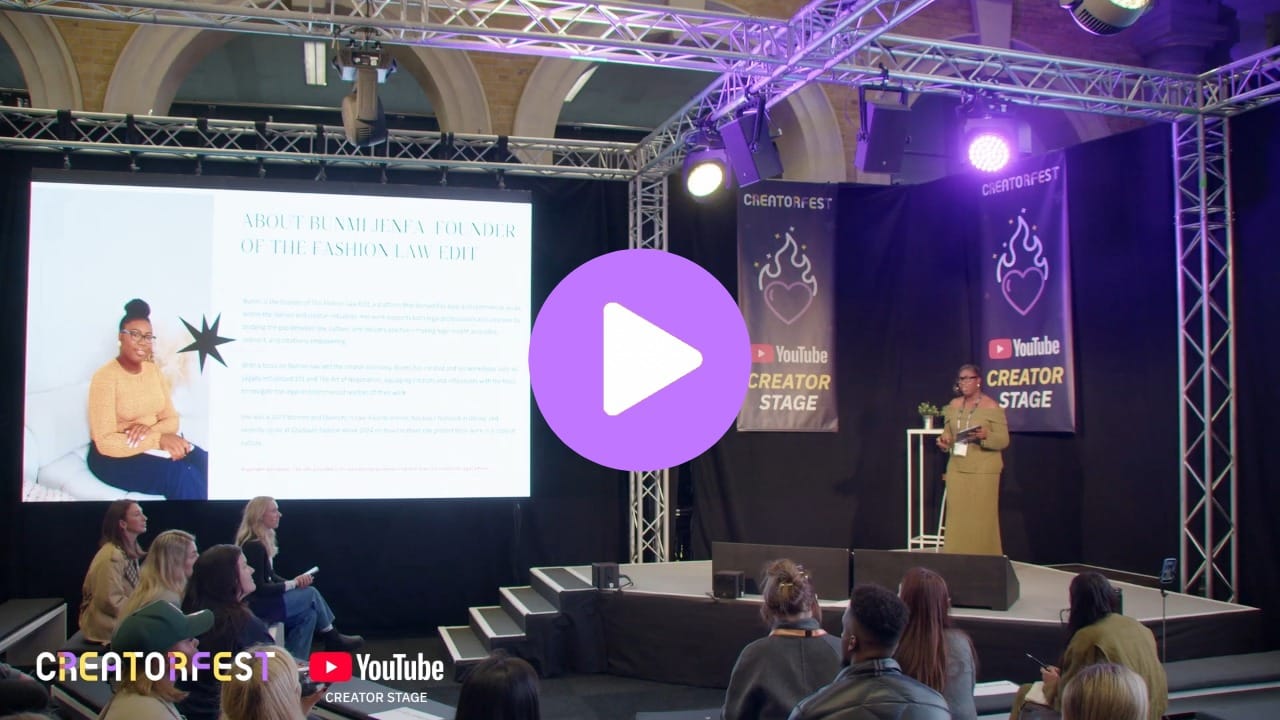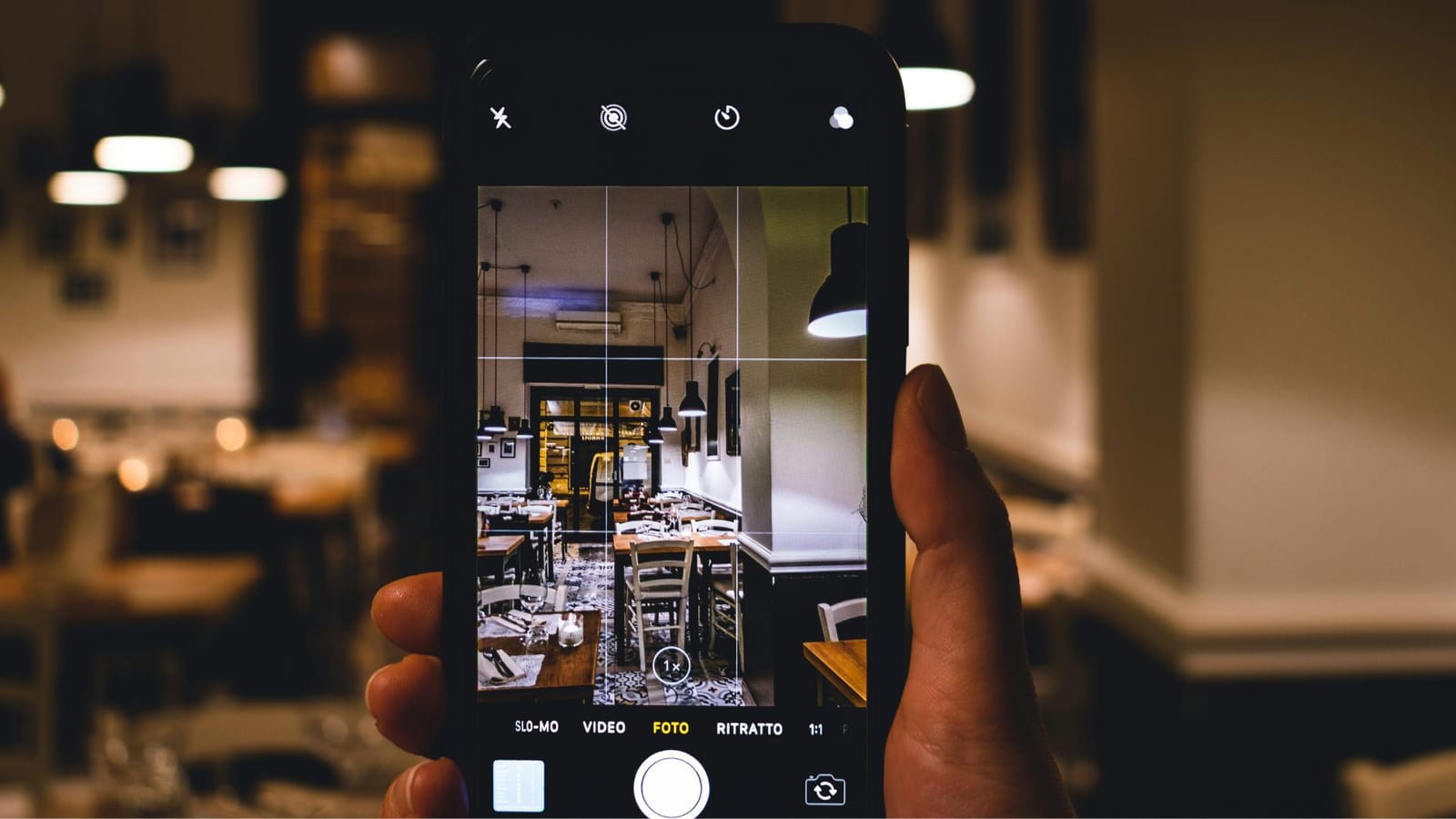Remember when a single video could “break the internet” and everyone was talking about it? In 2015, the big question was whether the dress was blue and black or white and gold, a debate that generated ten million tweets in a week and had even our least tech-savvy relatives weighing in.
Fast forward to 2025, and the word “viral” is thrown around so casually that one might wonder if it means anything anymore. Social media professionals and creators are grappling with virality in an age where TikTok’s For You Page (FYP) can launch overnight sensations every other day.
In this article, we’ll unpack what virality truly entails, how it is measured, whether the term has lost its punch, and how the quest for viral fame compares with the power of consistency. Let’s dive in, with a critical and slightly witty eye, to see if “going viral” still has the wow factor it once did.
What Does “Virality” Really Mean?
Virality is not just about high view counts. It is about cultural saturation. Put simply, content goes viral when it breaks out of its niche and hits the public consciousness. It is the kind of moment when your mum mentions it to you over dinner, or the tabloids run a front-page splash.
Think of The Dress, the “Nothing beats a Jet2 holiday” TikTok trend, Ronnie Pickering, or “Charlie bit my finger”. Think of the Ice Bucket Challenge or Gangnam Style clocking up over a billion views when that was unheard of. These were not just popular online; they became cultural talking points. By contrast, a product unboxing with a few hundred thousand views or an office lip-sync might be entertaining, but it is not viral. The difference is scale and mainstream recognition.
How Do We Measure Virality?
If virality is about reaching the masses, how do we actually measure it?
- Views and impressions: A million views once seemed monumental. Today, thanks to what some call “viralflation”, 20 million is routine for top TikTok creators, and some argue it now takes hundreds of millions to count as viral. TikTok further muddies the waters by counting even a split-second watch as a view.
- Shares and reposts: When content travels in WhatsApp groups, gets reposted on Instagram, retweeted on X, stitched or duetted on TikTok, it shows genuine resonance.
- Participation and creations: A sign of true virality is when audiences start remixing the content. The Jet2 Holidays jingle became a viral audio with over 1.5 million TikToks using it. Planking, bottle-flipping, and the Harlem Shake all thrived because of mass participation.
- Engagement: Likes and comments matter, though they are weaker indicators than shares. A truly viral piece often sees its comments section turn into a mini-community of in-jokes.
- Beyond the platform: When something makes the leap to broadcast media, public conversation or sales spikes, that is when you know it is viral. Ocean Spray’s unexpected lift after a TikTok featuring Fleetwood Mac’s Dreams is a textbook example.
Viral Overload: Has the Word Lost Its Meaning?
As trends proliferate, the term “viral” has become diluted. In 2024, commentators noted that the sheer fragmentation of the internet has watered down what qualifies. Recipes with a few dozen posts are dubbed “viral”, as are leggings with modest sales.
“I think the word viral has lost its meaning because of where it is used today, everywhere,” one digital culture writer observed. If everything is viral, then nothing is. That matters, because in marketing the term is often used as a shorthand for expertise. If a junior calls a 50,000-view TikTok viral, seasoned pros know the distinction is missing.
True virality is rare, and arguably more valuable, in an era where 20 million views can happen by Tuesday lunchtime.
Can You Manufacture a Viral Moment?
This is the question every brand, creator and artist asks: is there a formula?
Ingredients help. Shareability, relatability, humour, novelty, emotion and timing all improve your chances. Jonah Berger has written that content goes viral when it evokes high-arousal emotions, gives people social currency, or tells a story that is easy to retell.
Yet even with all that, luck is the deciding factor. Fleetwood Mac’s Dreams was revived in 2020 not by a campaign but by a TikTok of a man on a skateboard sipping cranberry juice. Similarly, Little Moons mochi ice cream saw a 1,300 per cent sales surge in Tesco after becoming a TikTok craze. The brilliance was not just the spike but how the brand sustained it, repositioning to reach new audiences and doubling down on mainstream distribution.
The truth is, you can encourage virality, but you cannot guarantee it. When brands try too hard, they risk killing the authenticity that makes content spread in the first place. Viral moments are more like lightning strikes – you can prepare the ground, but you cannot summon the storm.
How Platforms Changed the Game
In the early 2010s, virality relied on people sharing links. YouTube classics like Charlie bit my finger or Keyboard Cat spread through Facebook walls, Reddit threads and email chains. A viral video could circulate for months.
TikTok turbocharged the process. Its For You Page can propel a clip from zero to five million views overnight, without a single manual share. As one industry observer put it, “The speed at which we cycle through trends is faster now largely because of TikTok”.
This shift has created what many call “viralflation”. Views are inflated by loops, niches thrive in isolation, and attention spans are shorter. Something might be “viral” in FoodTok or BookTok and completely unknown elsewhere. Today, virality is algorithmic, not organic.
Virality vs Consistency: Who Wins Long Term?
Every brand loves the idea of lightning in a bottle. Yet chasing virality alone is a dangerous strategy. A viral spike is like a sugar rush: exhilarating but fleeting.
Ocean Spray saw a short-term bump from Dreams but no permanent uplift. By contrast, Little Moons used its spike as a springboard, building long-term awareness and sales.
As strategist Jodie Shaw put it, “Virality looks like gold, but it rarely pays the bills. The real metric is staying power.” Consistency, community and brand equity always beat one-off hype.
Conclusion
Virality in 2025 is a paradox. It is everywhere, yet genuine cultural virality is harder than ever to achieve. The term itself has been watered down, but when the world genuinely talks about the same thing, the power remains.
For industry professionals, the challenge is not just chasing the next spike but asking what endures when the novelty fades. Virality can launch careers, products and ideas in an instant, but it is what follows that decides whether you crash or convert hype into lasting success.
If this conversation resonated, imagine the energy of being in the room with hundreds of creators, brands, and industry leaders all tackling the same challenges together. At CreatorFest you’re not just listening - you’re part of the community shaping what comes next.
Don't miss your chance to join the movement.







